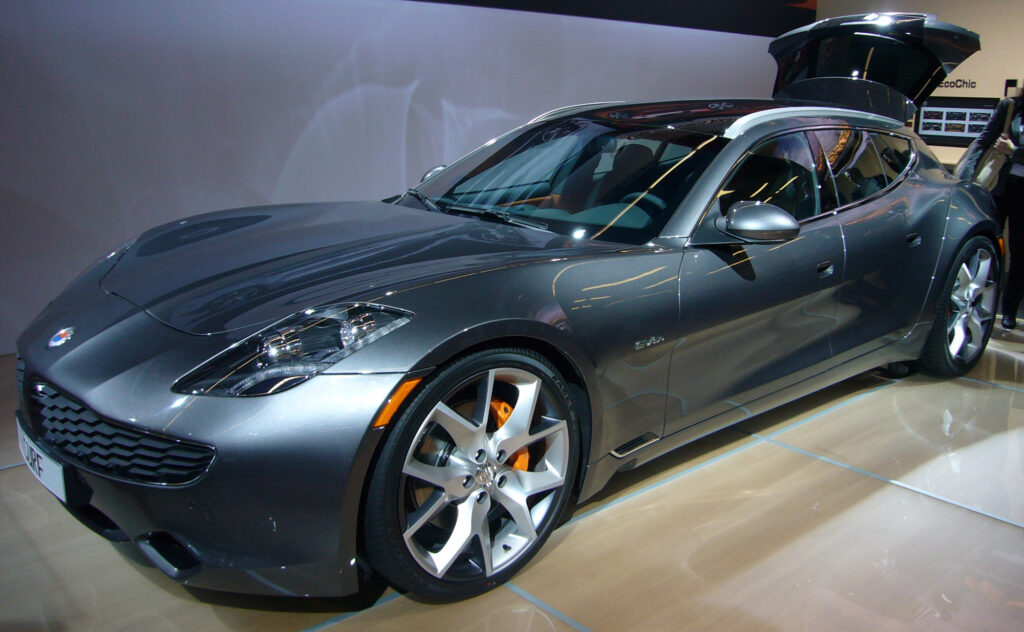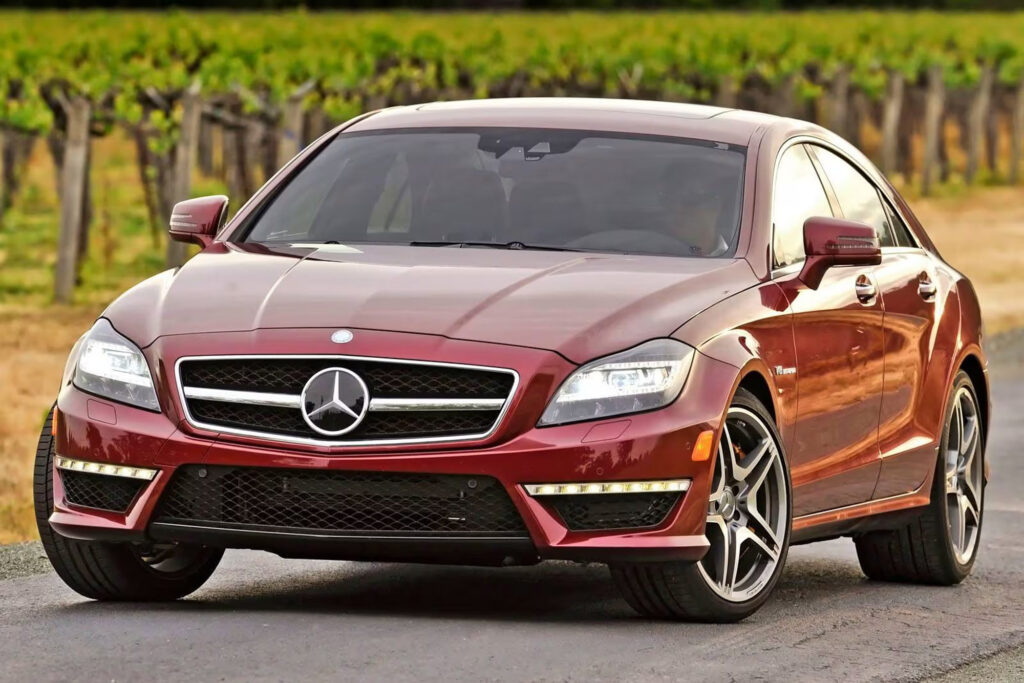The world has seen a lot of cars一from hatchbacks and convertibles to muscle cars and compact cars. Some configurations have a richer history than others, adding to their value and popularity.
The shooting brake, for example, is a type of car that has been loved for generations.
The Classic Tale of the Shooting Brake
Shooting brakes were popularized in Europe, particularly in England during the 1890s. These vehicles were likened to horse-drawn wagons with a rear cargo space that could fit hunting equipment.
Back then, aristocratic European parties relied on horses to tow them to the hunting grounds. There were also some instances where horse-drawn wagons were used to transport goods.
But why were they called “shooting brakes” in the first place?
Shooting brakes were primarily used for hunting, and the rear cargo space would be filled with the necessary equipment to hunt for prey, including guns and ammunition.
This was when hunting parties were popular in the British Isles, between the 1800s and 1900s.
The term “brake” doesn’t mean “to stop” in this context. It is derived from the practice of attaching a large carriage chassis to unwieldy horses to tame them.
Living Up to the Shooting Brake Tradition
The shooting brake wasn’t a fad that eventually faded after a couple of years. It continues to inspire a lot of European automakers up to this day.
Back in the day, hunting was known to be an expensive hobby, and the shooting brake was a status symbol.
The prestige that came with hunting and having a shooting brake back in the day found itself represented in the age of motorized vehicles, particularly in high-end cars.
Similar to horse-drawn shooting brakes, luxury cars were tailored for the upper-crust societal class. These vehicles belonged to an exclusive club run by sportsmen and wealthy personalities.

Breaking Down the Shooting Brake
For some people, it might be hard to imagine how today’s shooting brake vehicles resembled the horse-drawn carriages of the past.
Many luxury cars have a front-mounted engine inspired by horses propelling wagons from the front.
Another distinct characteristic adapted by modern shooting brakes is the two-door configuration, which was the same setup in horse-drawn wagons.
These wagons also featured long and slender bodies similar to many luxury cars.
According to historian Leslie Kendall, the shooting brake is a special vehicle designed for a specific purpose, setting it apart from an ordinary daily driver.
Unlike regular cars, shooting brakes are associated with leisure time and aren’t intended for hauling heavy items.
Essentially, the shooting brake is like a pair of dress shoes一you don’t wear them to work every day, but you bust them out whenever there’s a black tie event.
Shooting Brake vs. Station Wagon
The major differences between a shooting brake and a station wagon are still up for debate, but many enthusiasts claim that there are some distinctions between the two despite their similarities.
The initial idea was that a shooting brake has a two-door setup while a station wagon has four. Over the years, however, numerous automakers have come up with shooting brakes with four-door designs.
Another distinction is that shooting brakes appear sleek and sporty, while station wagons may appear boxy and family-friendly.
Popular Shooting Brakes
The shooting brake is a timeless classic一a body style that’ll probably live on for years to come.
Here are some of the most remarkable shooting brakes ever created.
Aston DB5 Shooting Brake

When former Aston Martin executive David Brown got fed up with his dog chewing on the company DB5’s seats, he knew he had to do something about it.
He wanted his dog to have its own seat, so he requested to have a DB5 shooting brake. At the time, the factory was backed up, so he turned to Radford Shooting Brakes to get the project started.
What’s ironic was that his furry friend was actually a hunting dog, making a shooting brake the perfect car for the duo.
Radford managed to build 12 Aston DB5s in a shooting brake design. Four came with a left-hand drive setup, including the one made for Brown.
2011 Fisker Surf Concept

Danish automaker Fisker released its own version of the modernized shooting brake when it introduced the 2011 Fisker Surf Concept.
A part of Fisker’s Karma platform, the 2011 Surf Concept is a crossover between a station wagon and a sports car.
It’s not your typical crossover, though. The 2011 Fisker Surf Concept is an electric shooting brake model with extended range capability.
2013 Mercedes-Benz CLS63 AMG

The 2013 Mercedes-Benz CLS63 AMG is a classic example of a shooting brake with more than two doors.
This five-door hatchback belongs to the lineup of Mercedes-Benz’s CLS Shooting Brake family and sports an AMG body kit.
The 2013 Mercedes-Benz CLS63 AMG is available in an “Edition 1” package, which features a luxurious leather interior and a bolder engine setup.
Why Aren’t Shooting Brakes As Prominent Anymore?
Though shooting brakes are known for being incredibly unique, they are a very niche type of car that doesn’t exactly have mass appeal. It’s a stylish blend between a coupe and a station wagon, but it’s a vehicle more tailored towards car enthusiasts and collectors as opposed to the everyday man. There are many reasons why their popularity has declined over the years.
Changing Consumer Preferences
Most drivers nowadays prefer practical vehicles like SUVs, which are capable of supporting many passengers and heavy cargo.
Expensive to Make
Many shooting brakes are high-end, luxury models that are highly sought after by collectors and the like. This doesn’t just make them expensive to buy, but it also makes them expensive to make. As a result, they’re not as accessible and easy to come by as the average vehicle.
Niche Market
These vehicles have a niche appeal. While they are valuable to car enthusiasts and collectors, they may be less desirable to the average driver with mainstream tastes.
Any information provided on this Website is for informational purposes only and is not intended to replace consultation with a professional mechanic. The accuracy and timeliness of the information may change from the time of publication.



















